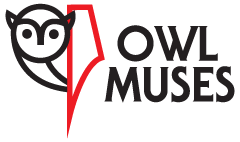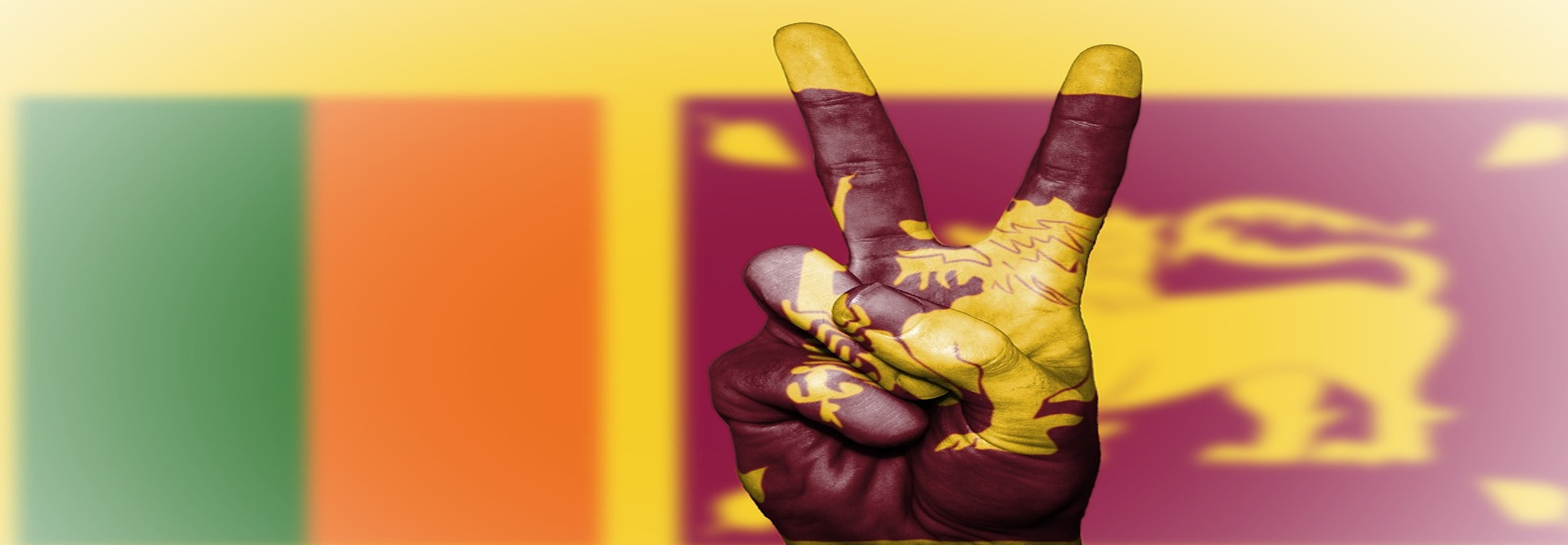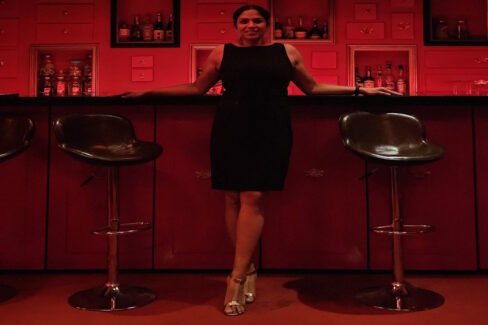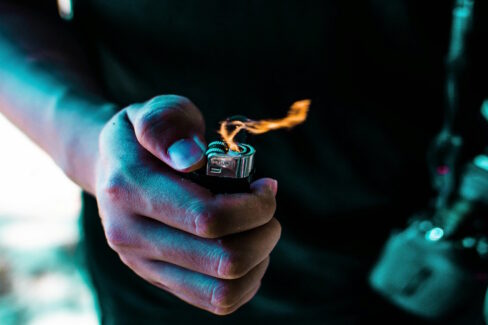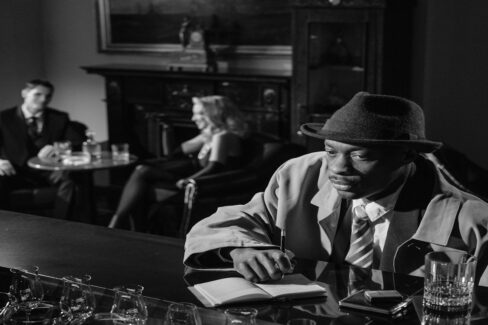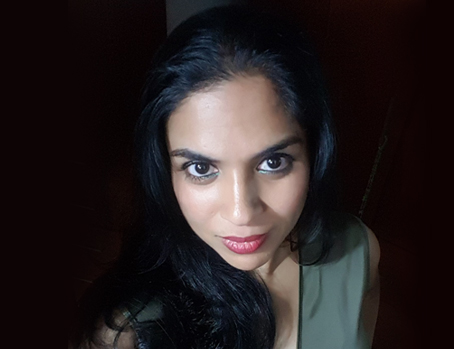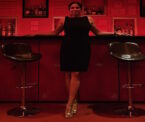Types of Lankan Pride
There are many communities and segments in Sri Lanka which is what makes our country such a diverse tapestry of life and interaction. Within these segments there are a few that stand out because they take pride in their identity, often at an almost ridiculous level of exclusion from others and based on very external markers like ethnicity, religion, caste or region.
Following are some of the types of pride that one may happen upon in Lanka and I am sure there are many more that can be added to this list. Enjoy 😊
Sinhala Bauddha
Somehow the ethnicity of Sinhala has been joined with Buddhism – a philosophy propagated by a man who was born in modern day Nepal, lived in India and preached moderation, peace, equanimity, compassion and empathy (among others). Somehow he seems to have achieved divine status – hence the Lord title – which is inaccurate – and now Buddhism is coupled with the Sinhala ethnic group to create a group supposedly superior to everyone else in the island. Ask how pure one’s Sinhala identity is with DNA evidence of counter mixing from Europeans and Arabs and somehow those mysteriously fade away in the face of this faux pride that has led to many issues in the country to date. Api thamai hondatama karey is synonymous with the sense of entitlement this group has.
Sinhala Catholic / Christian etc.
The Sinhala pride remains strong in those ethnically Sinhalese yet religiously Christian. Somewhere these two intertwine and they celebrate Avurudhu and Christmas with equal emphasis. The pol thel pahana will illuminate the Jasmine flowers as much as it does the statue of Jesus. Inter-marrying with Buddhists is ok because after all, Sinhala ne. No problem. But woe betide it be any other religion or ethnicity – then the Christian charity halts and the ethnic and religious persecution begins.
Jaffna Tamil
Ask any Tamil who has a proud lineage and they will all trace themselves to some village in Jaffna (they live in Colombo of course) and they will identify with the highest caste – Vellalar in some form or another. Woe betide any Tamil claim Batticaloa or other regional roots (let’s not even start on the Malaiyagar Tamil community) because unless you’re from Jaffna, you’re not a real Tamil.
Indian Tamil
Countering the Jaffna claim are the Indian origin Tamils (not the Malaiyagar community) who are scattered around the island and yet insist that their family (who have called Sri Lanka their home for generations) marry only Indian origin Tamils – from India, Malaysia or Australia or anywhere. The Indian roots have to be strong. If anyone dares marry even the so called highest Jaffna Tamil group, they will be disowned.
Muslim
This is a very close knit community and although the rebels are eating pork, drinking (haram) and smoking (makru) they still like to remain within their own realms when it comes to marriage. They will be the best of friends with anyone, are genial in trade and interaction but the new wave of Wahabism has seen a lot of them turn to some of the more extreme forms of religious practice and seclusion. They also like to patronise their fellow Muslims’ establishments where Carnival Ice Cream Parlour and Dinemore are guaranteed Halal more than any other food joint though they will secretly crave that Elephant House hot dog (can’t eat, not Halal no). The persecution by the majority Sinhala people have not helped in their journey of intermingling with other communities, although the Sinhala people will continue their love for Biryani and Watalappan from this community.
Burgher
The Burghers have been a long sidelined group, especially after 1956 which saw a lot of them leave to places like Australia where they have set up their own enclaves in Melbourne and other areas where they sought solace from the persecution back home. Now the remaining Burghers have started asserting their place more publicly, especially in the sphere of lamprais where the race for the best and most authentic lamprais recipe (no eggs please) is still on. The VOC café at the DBU is now dishing out the mas pattis and kaha bath, beef smore and mustard pork with equal determination in asserting their place on the island.
Kandyan
This is a rather interesting group that seems to believe, within the Sinhala people they have some superior aristocratic status. Mind you, the last Kandyan Kingdom had a Tamil King, betrayed by these so called Sinhala aristocrats to the British. In addition, the Kandyans are known for their hospitality which has resulted in many blue eyed, fair skinned offspring who suddenly claim Aaryan origin when in actuality it is the good old Scottish highlands that can lay that claim. They bring out their great pride and feudal classism from time to time, especially in marriage and politics which has led to a lot of in-breeding – evident in the way some of them behave.
Kurunegala
This is a less known group of people when it comes to their pride. Kurunegala is regionally located as a way point between Colombo, the central highlands and the north central province of Sri Lanka. It was once a kingdom but not a very prominent one when compared to the others. However, its people have this in between pride of having former glory and wanting it to remain and hence they have the atharamedhi pride which sees them vacillating all over the place in an attempt to belong.
Southern
The Dhakuney pride is a very interesting phenomenon – geographically the most exposed to invasions, trade and intermingling – somehow the Southern coast has some ‘pure’ Sinhala group of people that represent the heart of Sri Lanka. They are hot blooded, seem to enjoy an affinity to violence and any uprising from there would somehow be one of great political significance. Most Sinhala pride filled Sri Lankans claim some village in the South but live in Colombo or other parts.
Uva Wellassa
This group is not as aggressive as the others but their pride remains and raises its head when claiming some uprising from centuries’ ago and the pride of an old kingdom. Most of them have a village claim to the region but prefer life in Colombo and other suburbs. Their glory days of the past are best reminisced while enjoying a Scottish Single Malt but they would gladly claim a toddy polkatta with some peppercorns when visiting the villages of their ancestors.
Colomba
The Colombo crowd is an interesting intermingling of all ethnicities, religions and communities mish mashed into the so called upper or upper middle class. English is the language of choice – the Queen’s apparently though most interject well known Sri Lankan terms like ‘aiyo’, ‘aney’, ‘no’ into their sentences which one doubts old Liz ever did. They pride themselves in being at the forefront of everything except their mindset which is feudal at best on a very classist and elitist level. This is clearly visible in marriage and at job interviews where one’s school determines one’s worth over one’s abilities in so called progressive corporates. Funnily they are what the majority love to hate – the standard they yearn while hating the Master Sir role they play.
Gamey
This is anyone in Sri Lanka who claims they still live in the gama. This means their parents / relatives are in the gama and they visit it occasionally but still, it makes them authentic Sri Lankan. Especially if Appachchi is still harvesting Suwandel and Pachchaperumal and feeding his family while the children enjoy western fare in the city and run back for nostalgic damba, damunu and palu fruits once they’re done with the strawberries and KFC.
